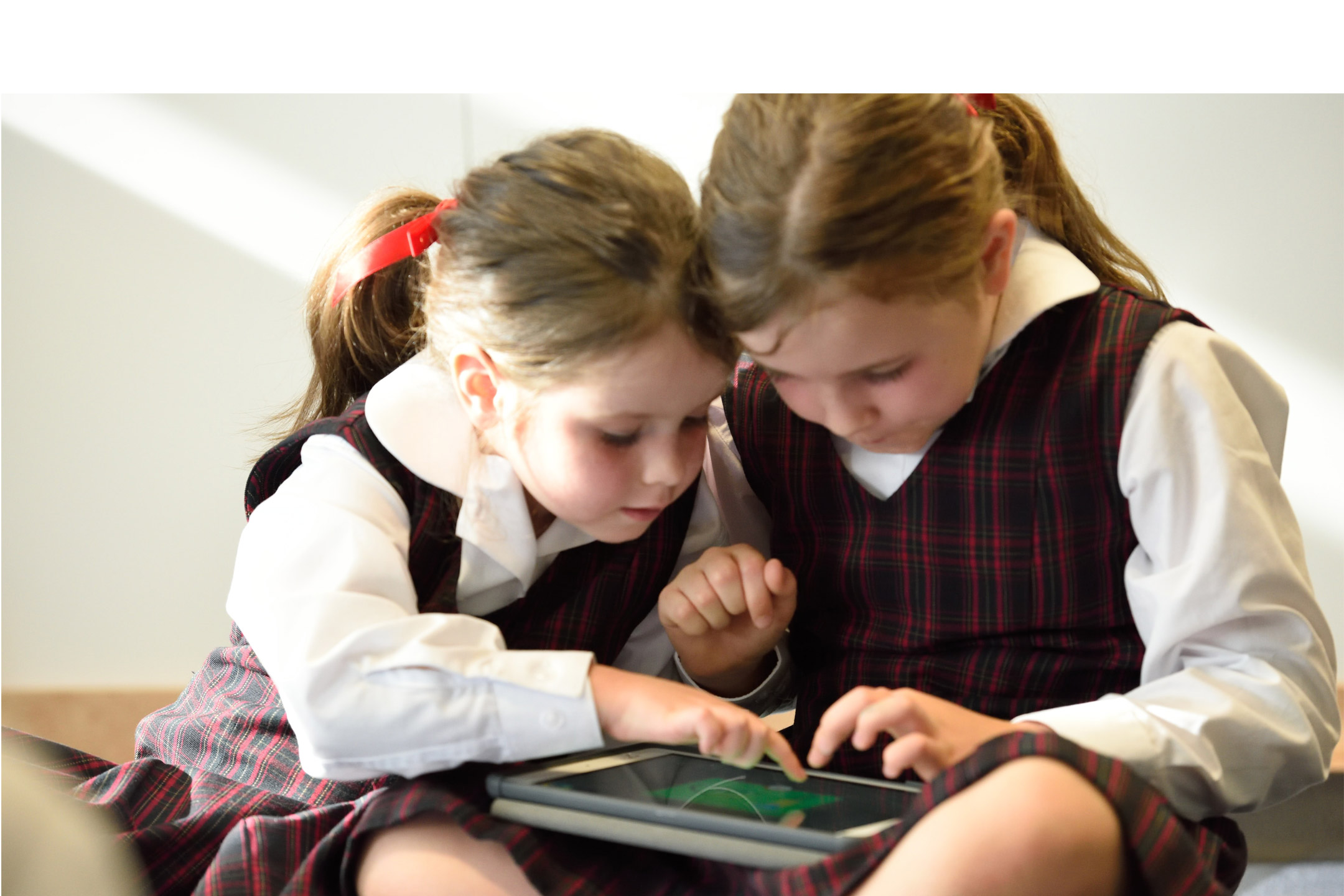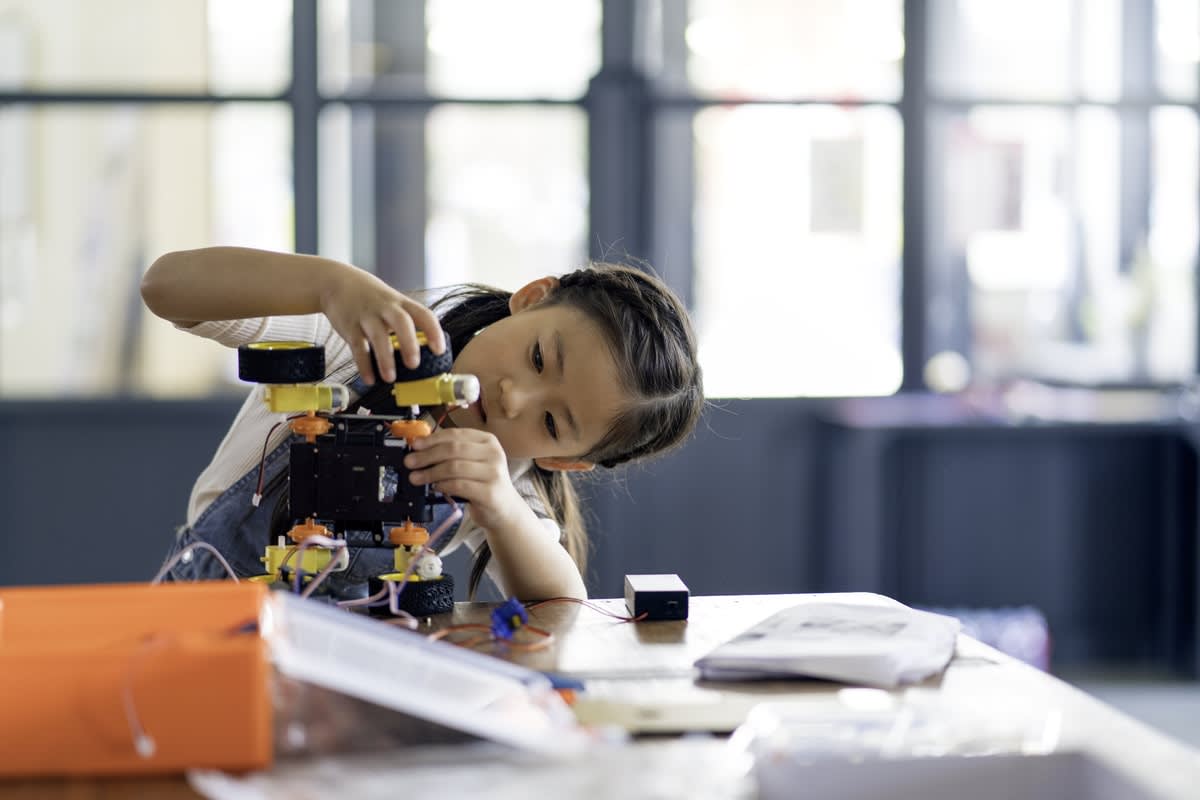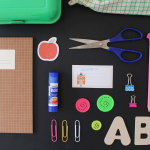
26 May Refining the framework for school-based STEM education
One of the advantages of a STEM focus over traditional teaching methods is the suitability of problem-based learning (PBL) as a pedagogical approach.
Through PBL, processes and knowledge from science, mathematics, engineering and technology are integrated to tackle real-world problems in situations that are uncertain, not solvable by existing algorithms, and require collaboration and teamwork.
PBL provides opportunities for self-directed inquiry, rich potential for the development of 21st-century skills, and deeper understanding of content.
The STEM problem
To better explore the connection and possibilities of PBL in STEM education, a team of researchers and teacher practitioners from a range of tertiary, secondary and primary educational contexts have come together to address what we’ve coined, somewhat provocatively, #theSTEMproblem.
Researchers from Monash University and the University of Queensland are leading this three-year Australian Research Council-funded project, working with expert teachers from Melbourne Archdiocese Catholic Schools (MACS) and Brisbane Catholic Education (BCE) to explore and identify key ideas and strategies for development and implementation of PBL in the classroom.
The first phase of the project involved developing an initial framework for PBL in educational practice through focus groups with PBL tertiary education experts from around the world. Phase two of the project works closely with teachers, implementing and refining a PBL framework for school-based STEM education, which will be consolidated through phase three.
Dr Kathy Smith, the project lead, explains how phase two will be implemented:
“Teachers will work as co-researchers collaborating with academic researchers over three years to explore problem-based learning in STEM education. Together, these groups will engage in five professional learning days designed to assist teachers to build their expertise.
“Teachers will be supported to design and implement action plans within their schools to further understand how PBL can be effectively translated into school-based settings to enhance STEM learning.”
The first of the five professional learning days provided researchers and teachers with a rich insight into how STEM-PBL-focused teaching and learning can be better designed and implemented as a framework within schools.
These sessions have also laid the groundwork for teacher action plans that will provide opportunities for directed action and professional conversations as the project progresses into the next stages. Some of these insights in particular are worth sharing.
Professional learning insights about PBL as a STEM pedagogy
Perhaps the most fundamental insight (not necessarily a new one) is the ability of STEM-PBL to move away from traditional notions of teaching as the transfer of extant knowledge – magnanimously disseminated by teachers and passively received by students – towards a view of students as knowledge-makers and autonomous inquirers skilfully guided by teachers with expertise in both content and inquiry.
Following from this is a rejection of any dichotomy between growing and deepening content knowledge and developing 21st-century skills, such as critical and creative thinking, and collaboration and teamwork.
Rather, teachers see STEM-PBL as a spectrum of possibilities, ranging from using existing knowledge to develop skills, to developing both knowledge and skills depending on the nature of the problem and the current abilities of students.

Creating resilient and autonomous learners
More broadly speaking, teachers have also recognised the value of STEM-PBL in creating students who are resilient, autonomous and critical. Resilient, in that they become comfortable in uncertainty, able to progress despite unknown or ambiguous information; autonomous, in that they can fashion and direct their own inquiry with confidence and self-correction; and critical, in that they learn to justify their inquiry methods and the credibility of their results.
PBL offers distinctive, authentic experiences
Teachers have also noted that STEM-PBL can provide experiences for students that they wouldn’t otherwise have. This goes beyond simply extending content; it involves socio-scientific contexts that challenge students to think differently about the world and their place in it. They also see the “E” of STEM as having a central role in moving tasks into this space.
Collaboration versus teamwork
More specifically, teachers explored and developed some key concepts to provide guidance for implementing STEM-PBL. One key idea was how to distinguish genuine collaboration from simply working in groups (also a topic of current research for the group).
Collaboration is understood as requiring cooperation in both planning and executing inquiry, with as many people involved in as many aspects of the investigation as possible. It also suggests students are thinking together, using each other as cognitive resources in a kind of socially extended cognition in which the interplay of ideas produces something greater than the sum of the parts.
It was also considered important that students co-owned the inquiry and the solutions they produced – another consequence of shared thinking and working. Group work, on the other hand, could include the allocation to members of sub-tasks with little in the way of meaningful communication between them, and few opportunities to engage with each other’s thinking.
The role of play in structured inquiry
Another idea was of the value of “play” to begin and structure inquiry. This allows students to explore a variety of potential ideas and approaches with minimal risk, and to entertain each other’s ideas to see where they might lead.
It also encourages creativity in thinking and experimentation, and therefore provides opportunities for critical reflection and evaluation, particularly by encouraging questioning that can drive inquiry into areas that simple extrapolation of existing thinking could not.
‘Ill-structured’ problems
The notion of structure was an important one for the group. Research has identified that so-called “ill-structured” problems are well-suited for STEM-PBL, but the term doesn’t imply a deficit in problem design.
Ill-structured problems are those for which an obvious single path to a solution may not exist, demanding of students that they work to frame the problem before they can go on to solve it. There could be several such framings, or at least several pathways to a solution. It’s the work of students to justify why they might take one approach rather than another, adding to the richness of the task.
How much ‘scaffolding’ should teachers provide?
A valuable insight is that the notion of structure could apply to the question itself, or to the amount of “scaffolding” teachers provide students to solve it – the former being a characteristic of the problem, and the latter a characteristic of how the task is presented.
Both considerations would seem to depend on a number of factors, including the age of students, their previous experiences in STEM-PBL, and their level of content knowledge.
The question of teacher guidance follows, and teachers produced a nuanced understanding of this that included how feedback was provided to students on their methods of inquiry, how teachers both used and encouraged students to identify and use critical questions, and how students could be encouraged to evaluate and justify their work.
Moving forward with action plans
Teachers are now working on developing and implementing their action plans in preparation for the next professional learning days in early 2022.
Melissa Gatt, a partner teacher from St Peter’s Epping, reflected on the importance of this project, saying: “As teaching practitioners, it’s vital we continuously work to optimise the way we approach curriculum and a problem-based learning approach, and within a STEM lens is certainly a powerful way to do so”.
Teachers’ continuing insights will shape the project as we move forward, and help create a powerful pedagogical framework for teachers wanting to make the most of PBL in STEM education.
This article was co-authored with University of Queensland’s Dr Peter Ellerton.
Contributors: Peter Ellerton, Kathy Smith, Jennifer Mansfield, Amanda Berry, Deborah Corrigan, Nicole Maynard
This article was first published on Monash Lens. Read the original article




